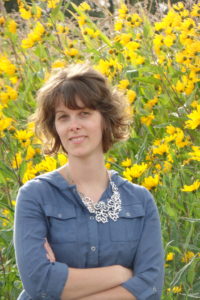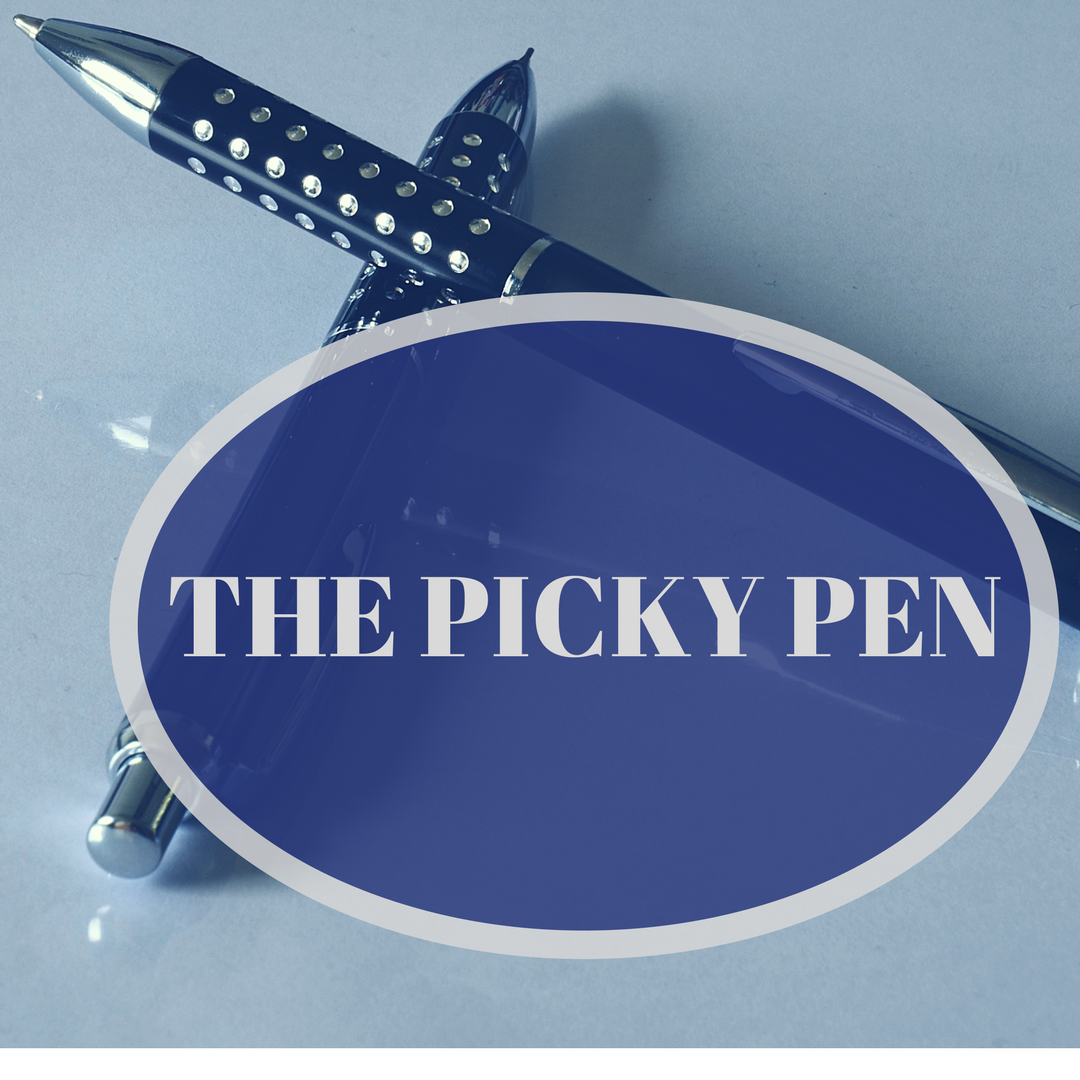In the world of grammar and punctuation, there are three types of dash (hyphen, en dash, and em dash). “So what?” you say. “Ah,” but I say, “presentation is everything, especially when it comes to the publishing world. And your presentation of such a small thing as a dash is crucial to your book’s success.”
Working with the dash can be tricky, boring, and downright distressing at times. As a writer and an editor, I completely understand your frustration with grammar and punctuation altogether.
You’d rather write, right? Right! So let’s continue our focus on a simple, easy-to-understand punctuation series that I hope will be a help and encouragement to you—allowing you more time to write well.
If you feel like you’re back in
grammar school, please take heart—and know that this isn’t going to be a
boring, stuffy ‘nother grammar lesson.
It may seem like the dash is not important, but they are, especially if you use
a lot of extra information in your prose or poetry. And that’s nearly every
piece of writing, so I invite you to stay for this little journey. This is by
no means an exhaustive list, but merely to give you a tool to use in your
self-editing journey, should you choose to do so.
Why Paying Attention to the Dash Is Important
- Appearance is everything, appearance is everything, appearance . . . yeah
- The difference is subtle, like missing the road sign on the highway
- Using the dash correctly shows you care about your story, your editor, and your readers
In this blog post, let’s look at one of the dashes, the hyphen. The plain and simple hyphen. And my text for today is The Chicago Manual of Style, chapter six.
The hyphen is part of the Dash Family, which you can read about em dashes and en dashes here.
Let’s differentiate the hyphen and the dashes, as I’m sure it gets confusing. I know you’d rather not focus on them at all, but it’s super easy once you have the tools! (Chicago Manual of Style 6.75).
- Hyphen is one little tic: –
- En dash is two little tics –
- Em dash is three little tics —
- *But you can find the dashes in the Symbols box in the Home ribbon.
Don’t make the mistake and insert two hyphens (–) for the en dash and three hyphens for the em dash (—). It. Does. Not. Work. That. Way. 😊 If you want to know how, then finish reading this blog post and head on over the other two articles that talk about how to find and insert the en and em dashes . . . you’ll be glad you did!
Use hyphens with compound words. (Chicago Manual of Style 6.76).
- Chicago 5.92 uses these hyphenated compound words and calls them phrasal adjectives.
- Yep, this is where grammar tips collide with other grammar tips! So that means
- Two hyphenated adjectives before a noun to describe it.
- Like, yellow-bellied toads, slick-sliver rats, purple-tongued snakes. . .
A few rules about using phrasal adjectives . . .
- If the phrase comes before the noun, then hyphenate the words to avoid misreading or misunderstanding. Clarity is key!
- If the phrase is connected to a compound noun, then the entire phrase is hyphenated, such as chocolate-coffee-infused writers. This makes the relationship between the words clear, not to mention that commas would not work between the words at all.
- If there are more than one phrasal adjectives that describes the noun, then each phrasal adjective needs to be hyphenated because each element is super important: twentieth-century historical-element writing; state-inspected assisted-living home.
- For two phrasal adjectives that share the same noun, each phrase needs a hyphen between, showing that both phrases are related to the same noun. For instance, middle- and upper-classmen students (middle-classmen and upper-classmen); lower- and upper-elementary readers (lower-elementary and upper-elementary).
- If the phrasal adjective includes reference to amount or duration, then don’t use the plural. For example, toddler stage is about two years, but for the phrasal adjective, two-year toddler stage. Or a bookstore that is open 24 hours a day would have a 24-hour-day schedule.
- Have a confusing phrasal adjective? Don’t fret—just rewrite the sentence! There’s no pressure or misunderstanding or going round the Merry-Go-Round when you simply rewrite the sentence. And it might even sound better too!
Exceptions, exceptions, exceptions! (Chicago Manual of Style 5.93).
If the phrasal adjective is after a linking verb, then the phrase is *not hyphenated because then that phrasal adjective is acting as a noun.
- The athlete is well trained.
- My writers’ group is a mix and match of genres and skills.
If the phrasal adjective begins with a Proper adjective, do not hyphenate!
- Glouster Beach goers.
- Clinton Anderson horse trainers.
If the two-word phrasal adjective includes an adverb, don’t use a hyphen.
- A timely appointed meeting.
- A roughly made coffee table.
Use Hyphens as Separators (Chicago Manual of Style 6.77).
- Separate numbers that are not inclusive. Telephone numbers, social security numbers, or ISBNs.
- Separate words and spelling out words.
This is also helpful when your character is dictating over the phone. Or with spelling out words if a character uses American Sign Language.
For example, - Your number is 123-555-4321
- Tomorrow we hike Mountain R-a-n-i-e-r. (American Sign Language fingerspelling.)
- My name is Tisha, that’s Tisha with an i, no r. Spelled T-i-s-h-a.
How’s that for a very brief introductory into using the hyphen that’s widely used but so often tricky to use?
Using the well-placed hyphen is important because your overall presentation makes a world of difference to your editor, agent, publisher, and readers. That may seem counterintuitive because the writing is equally important, but it’s the presentation that tends to enhance your credibility as a writer. (Especially if you self-publish and are doing your own first-draft editing.)
Pro Tip : I’m creating a few cheat sheets on some of the topics I’ve covered so far, and if you’d like to be in the loop for when they’ll be ready, just go to my website and email me, letting me know you’d like to be added to my Grammar List!! I look forward to seeing you!
Please take a minute and join in the discussion! I’d love to hear from you!
Conversation Time!!
Of the three Dash articles, which has been your favorite, and why?
(If you haven’t read the other two articles, go read them!! You might find them useful. Click here.)

Tisha Martin writes historical fiction and nonfiction but also edits and proofreads for beginning and best-selling writers, professional editing agencies, and publishing houses. She has a BA in Professional Writing, an MS in English Education, and an editing certificate from the PEN Institute, affordable continuing education for editors. Active in American Christian Fiction Writers and The PEN, she appreciates the writing and editing communities. As Assistant Director of PENCON, a conference for editors, she enjoys travel marketing and updating PENCON’s Facebook Page. Connect with Tisha on her website www.tishamartin.com and engage in the conversation.


 We love helping your growing in your writing career.
We love helping your growing in your writing career.
